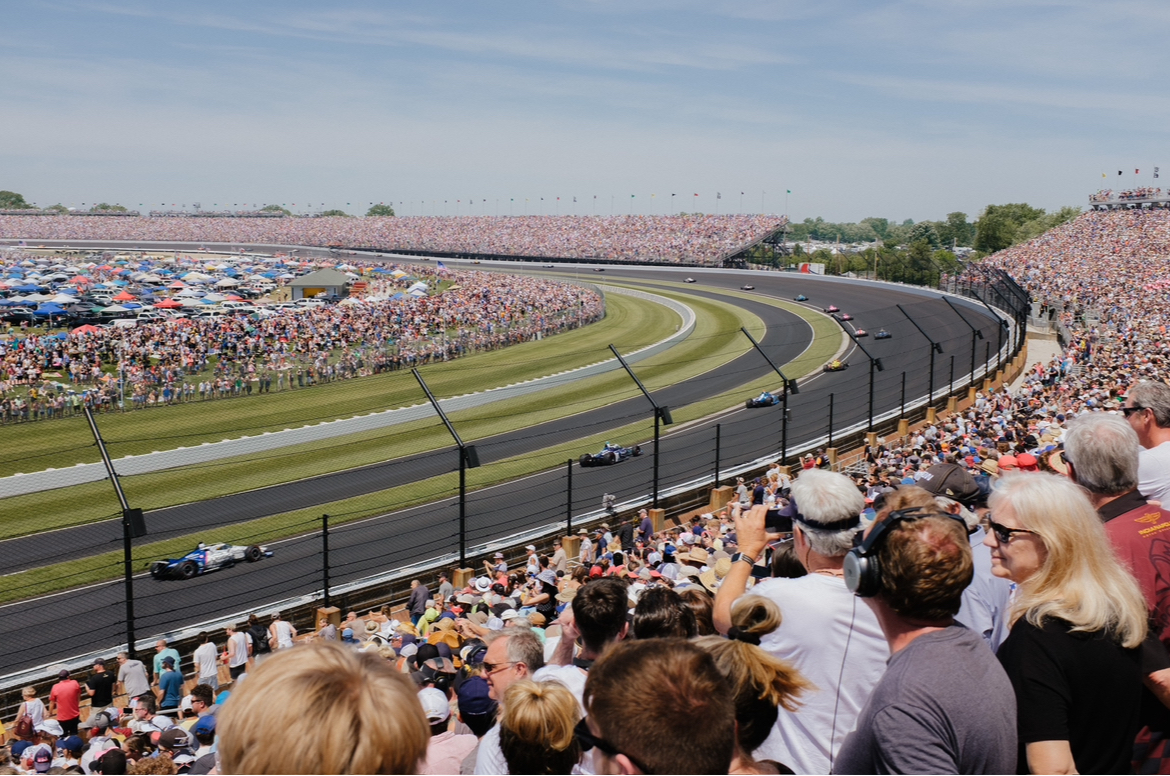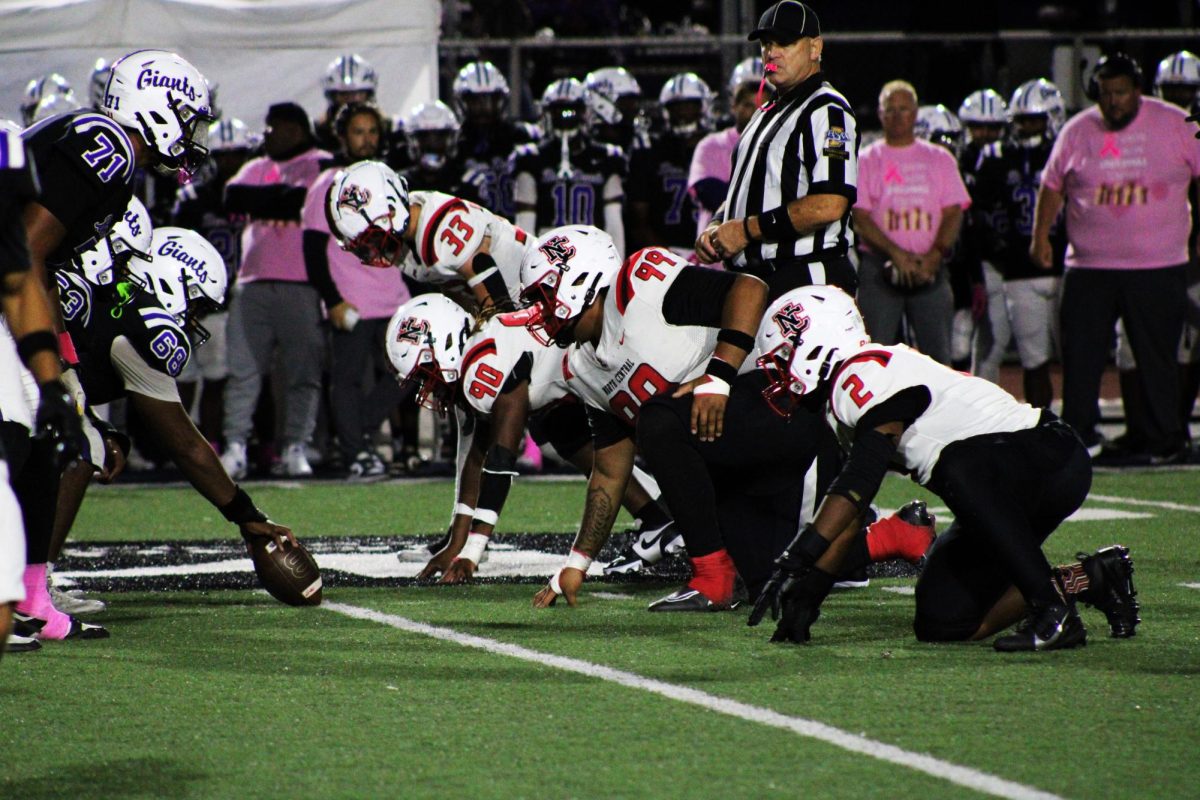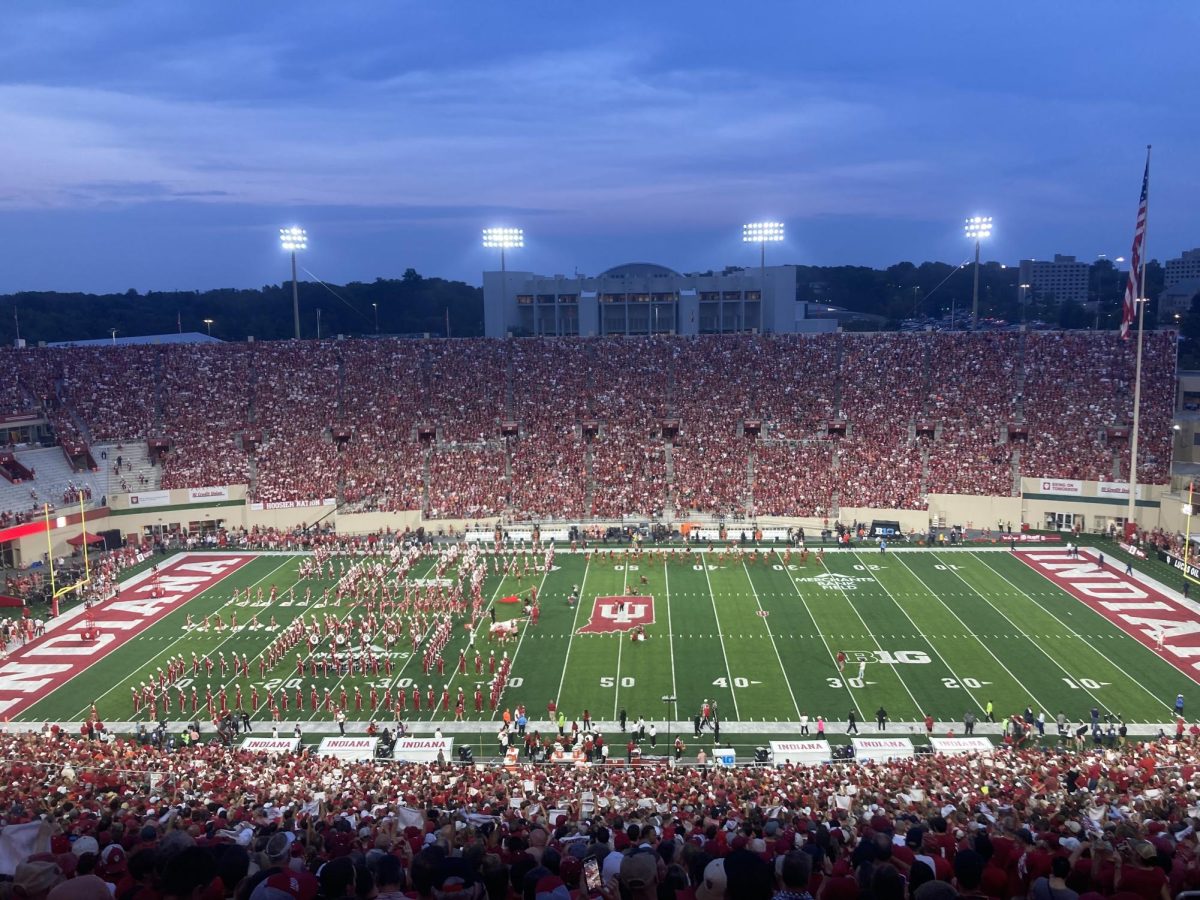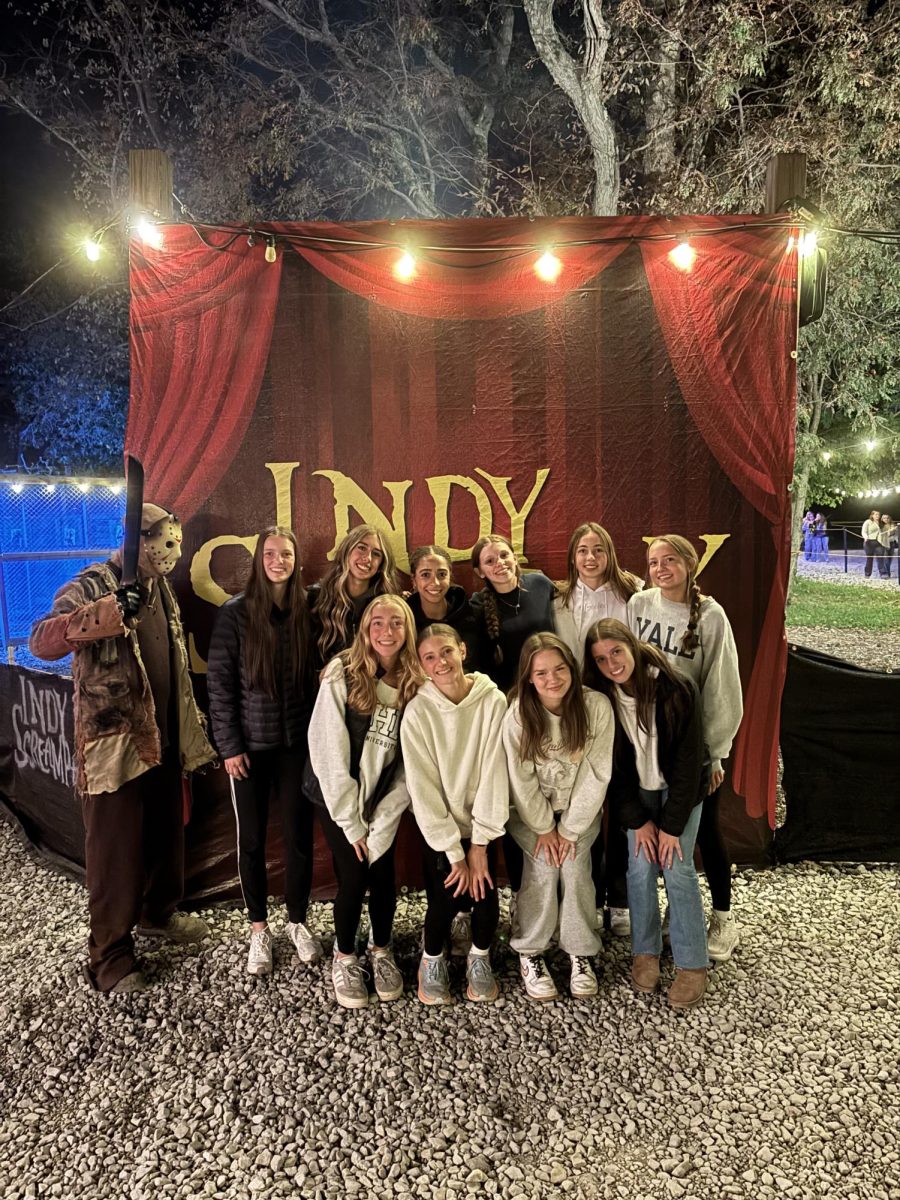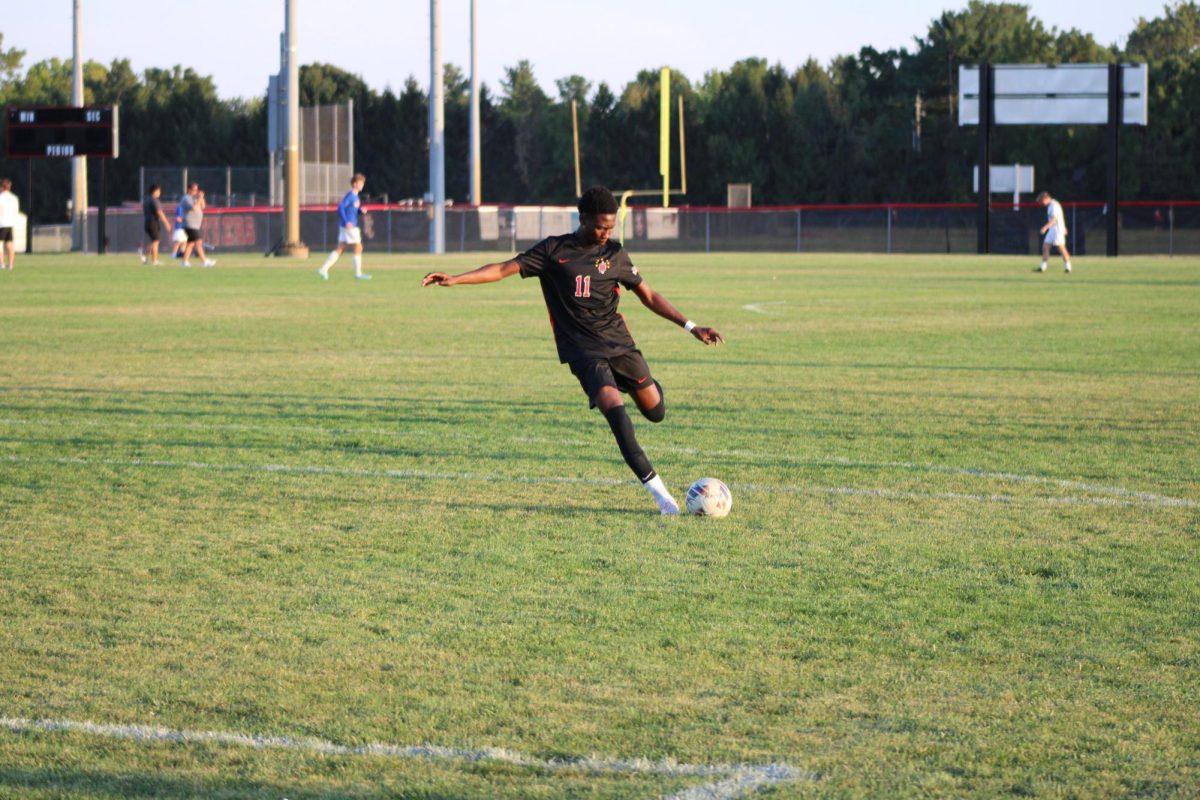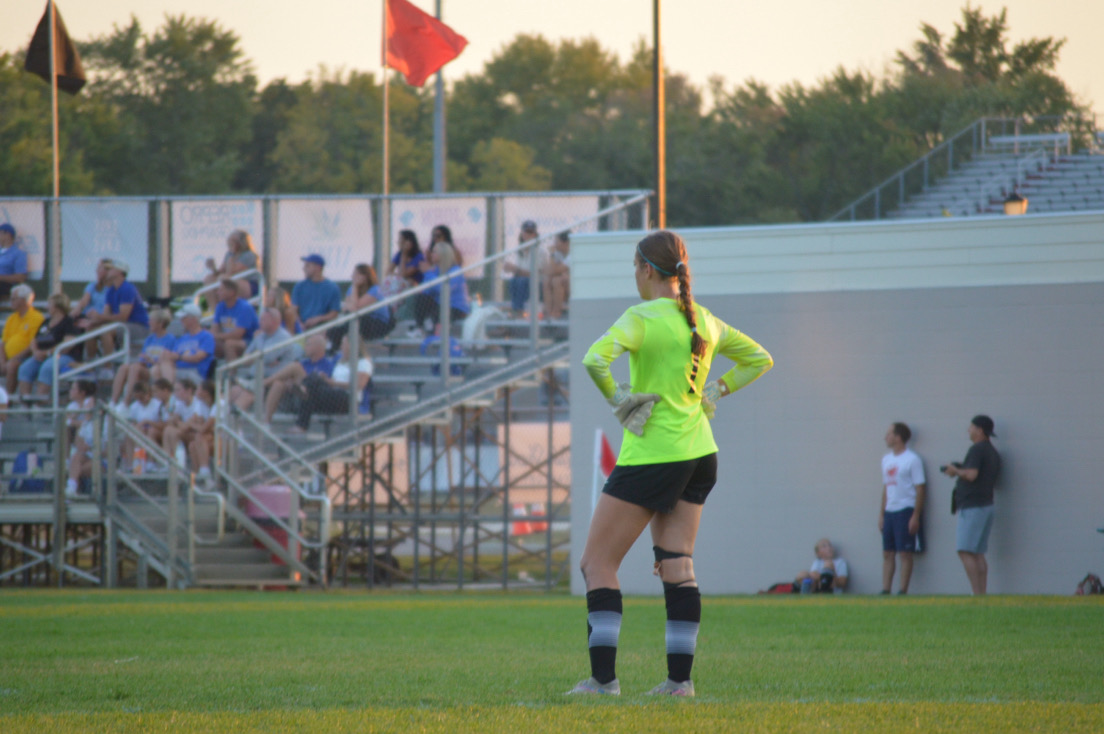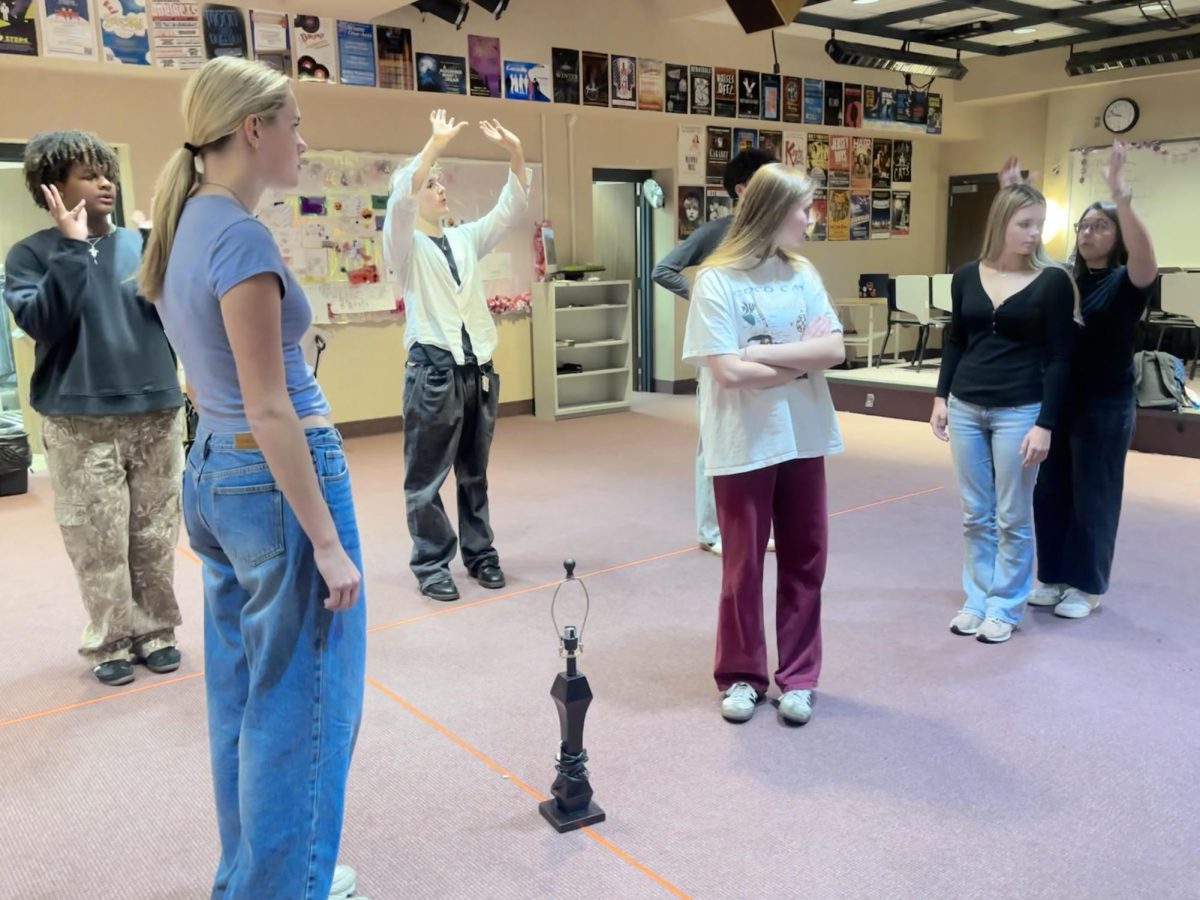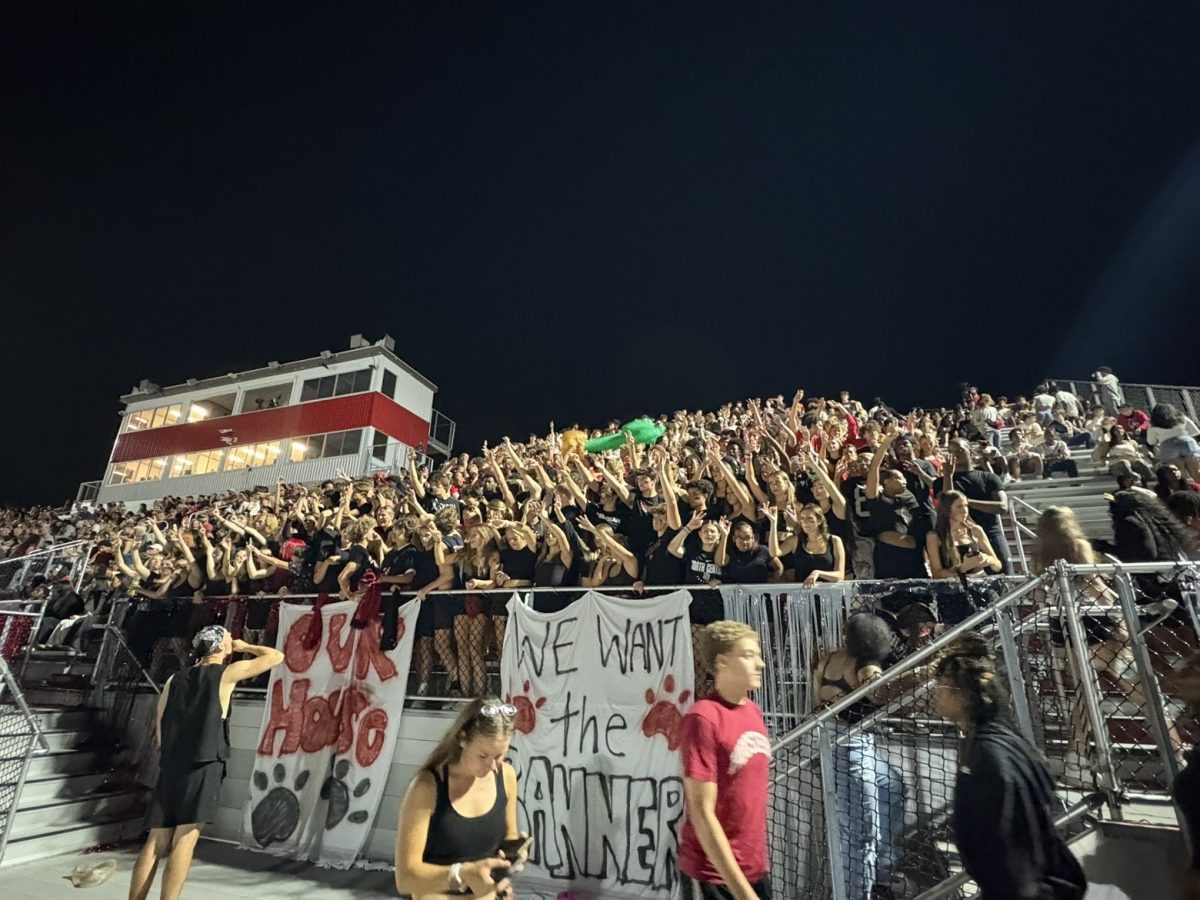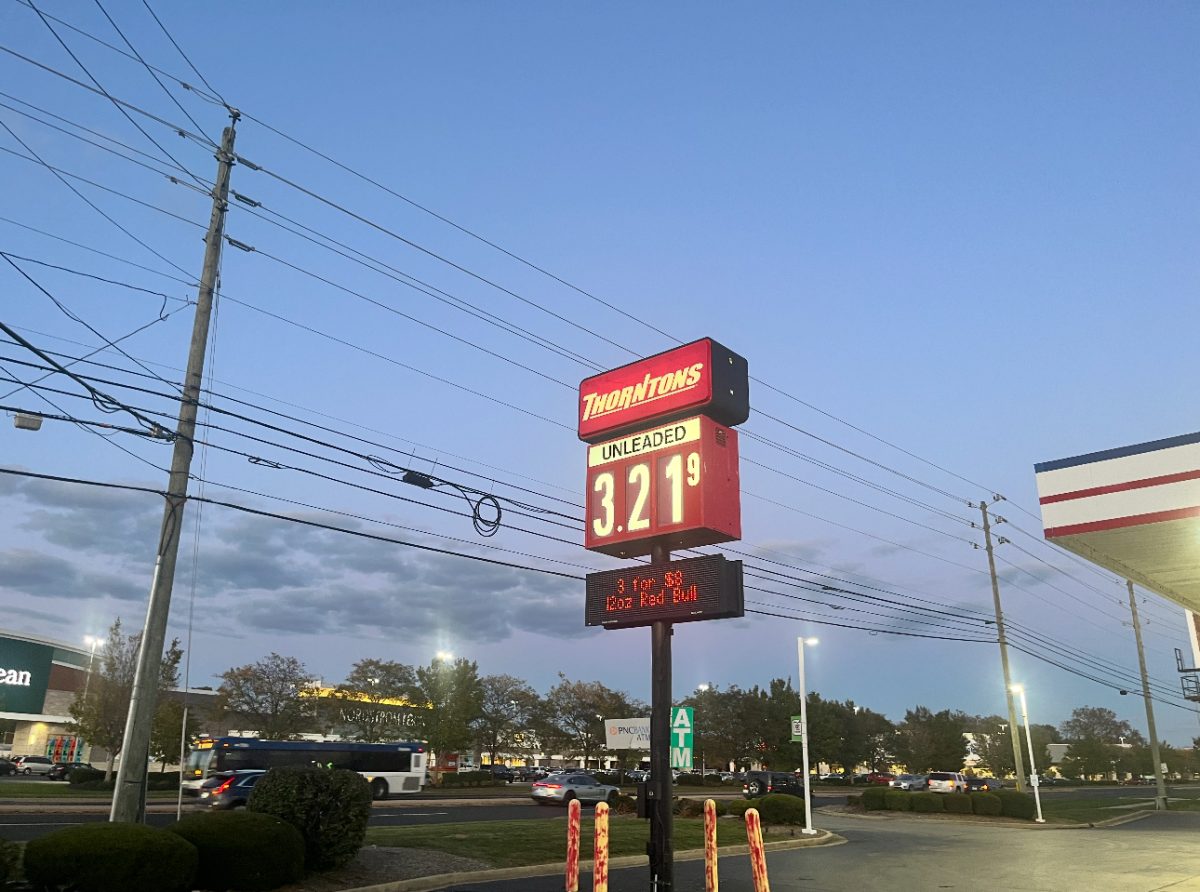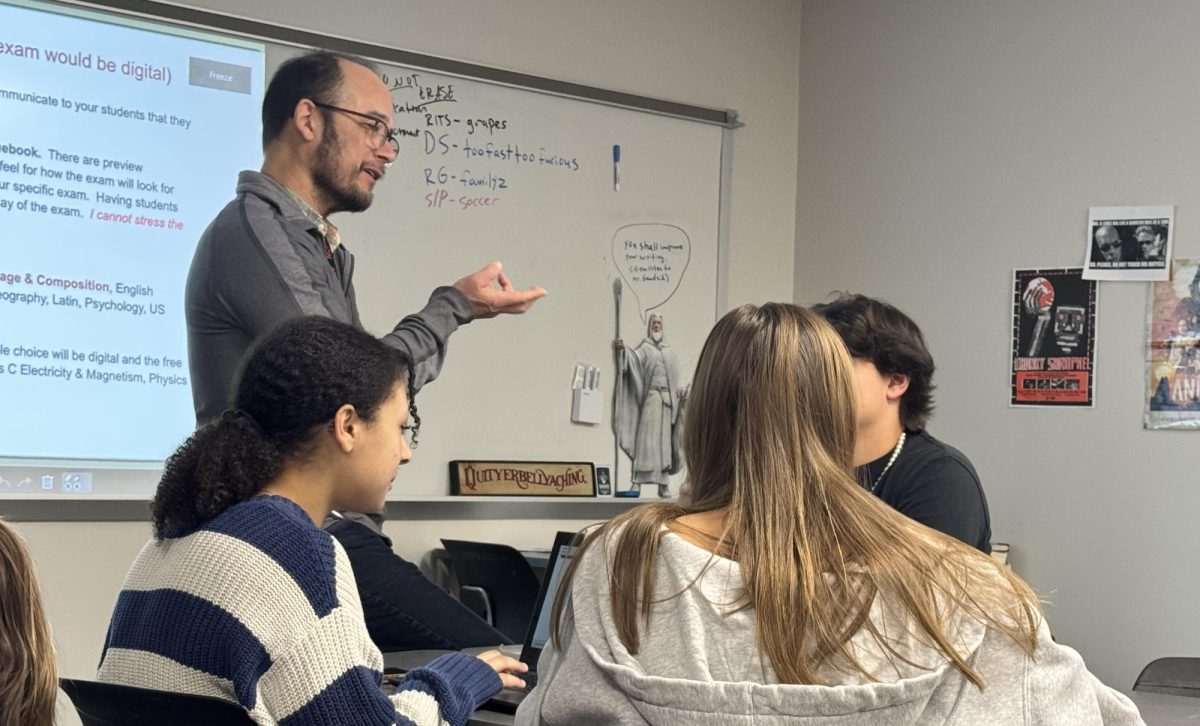IndyCar Racing, officially known as the NTT IndyCar Series, is an open-wheel racing sport that has existed since 1909. This year’s championship will occur in North America, the United States, and Canada.
The racing season starts on March 2 with the Firestone Grand Prix in St. Petersburg, Florida. It is the first of 17 races for the year.
Chris Owen has been with the Indianapolis Motor Speedway (IMS) for 16 years and currently Manages Photography Operations for both IndyCar and the IMS.
“I think what makes IndyCar so unique compared to other racing series is that they race on every race track style,” Owens said. “They race on street and permanent road courses, and you have ovals. So it’s a dynamic championship; it takes a well-rounded driver. That’s a big separation point.”
IndyCar racing is considered one of the fastest forms of racing worldwide. The cars, despite being slightly larger than those used in Formula 1 or Formula E — as they are designed to perform well on various types of track — average higher speeds than their counterparts in other racing series.
“The overall speed our cars go is 240 up to almost 250 miles an hour,” Vice President of Operations for Rahal Letterman Lanigan Racing (RLL) Derrick Davidson said. “The same manufacturer makes every car on the grid. The same aerodynamic parts are available to each team, which closes the field regarding competitiveness.”
Each team can choose to use engines from either Chevrolet or Honda. Indy cars must adhere to a series of engineering regulations, with only a few sections available for adjustment.
“Open areas of development are dampers, also called shock absorbers,” Davidson said. “Gaining a technical advantage is detailed work. It comes down to geometries, aerodynamics and the car’s weight distribution.”
The offseason allows teams to reassess their cars, strategies, and designs. Davidson discussed some of the initiatives RLL Racing has taken.
“We started a research and development program and department,” Davidson said. “They look at different processes to make the car better. A lot of wind tunnel testing and gearbox testing, things like that. It’s a time-consuming task. Other teams have been doing this for a while, and we just started it a year and a half ago, so we’ve been behind. As always, Our biggest competition this year is Penske and Chip Ganassi. They’ve been a successful year in and out.”
In recent years, Team Penske and Chip Ganassi Racing have been dominant. The two teams have won every driver’s championship since 2006, except for 2007 and 2012.
“These cars are mega fast, and the field is so tight now,” Davidson said. “Our first to last finishers might be six-hundredths of a second apart.”
In addition to mechanics and competition, IndyCar has developed numerous traditions.
“IndyCar has something called ‘The Fastest Seat in Sport,’” Owens said. “It’s a two-seater IndyCar. We typically put a celebrity guest at the beginning of the race, so I’ll go down there, meet them, and take some pictures of them all suited up.”
Last year’s seat featured Rock and Roll Hall of Famer and Grammy Award-winning artist Bon Jovi at the first race of the season in St. Petersburg. The ride, which reaches roughly one hundred eighty miles per hour, sets the stage for the racing season ahead.
“My favorite races in the season are natural places that make good pictures,” Owens said. “I’m looking forward to the Indianapolis 500. Nothing beats that. You would think that since I’ve worked there every day and shot it so many times, it would get old, but I find something new and unique. It’s different every year.”
This year marks the 109th running of the Indianapolis 500. The inaugural race took place on May 30, 1911, and the event has been conducted annually since then, except during World War II from 1942 to 1945.
“Seventy years ago, the sport was about celebrating the development of the automobile,” broadcaster for IndyCar Radio Jake Query said. “Now the sport, specifically the Indy 500, celebrates American culture. Very few of the 300,000 people that attend the race could probably actually name any of the drivers, but they’re there for the culture of it. The sport immerses people. You can hear it, smell it, and feel the tension.”
The sport has grown beyond the racetrack, expanding into a community and the stories that the community contains.
“I feel that it’s more than just the stars and the cars,” Owens said. “I think peoples’ individual stories make it so important and enticing to them. People have memories of going to the race as a child. It’s a tradition that we hold so highly. People know how important their memories at the race are and that they are to the next generation of their friends and family. It’s just so much more than a race. It’s a tradition for us here at the Speedway and for all that come.”
In 2024, the Indianapolis 500 hosted approximately 330,000 people, making it the largest one-day sporting event in the world. It is projected to host 400,000 people this year.
Michael Strahan, a Pro Football Hall of Famer, sports analyst and co-anchor of “Good Morning America,” will drive the pace car to start the Indianapolis 500 and lead the racers to the green flag.

